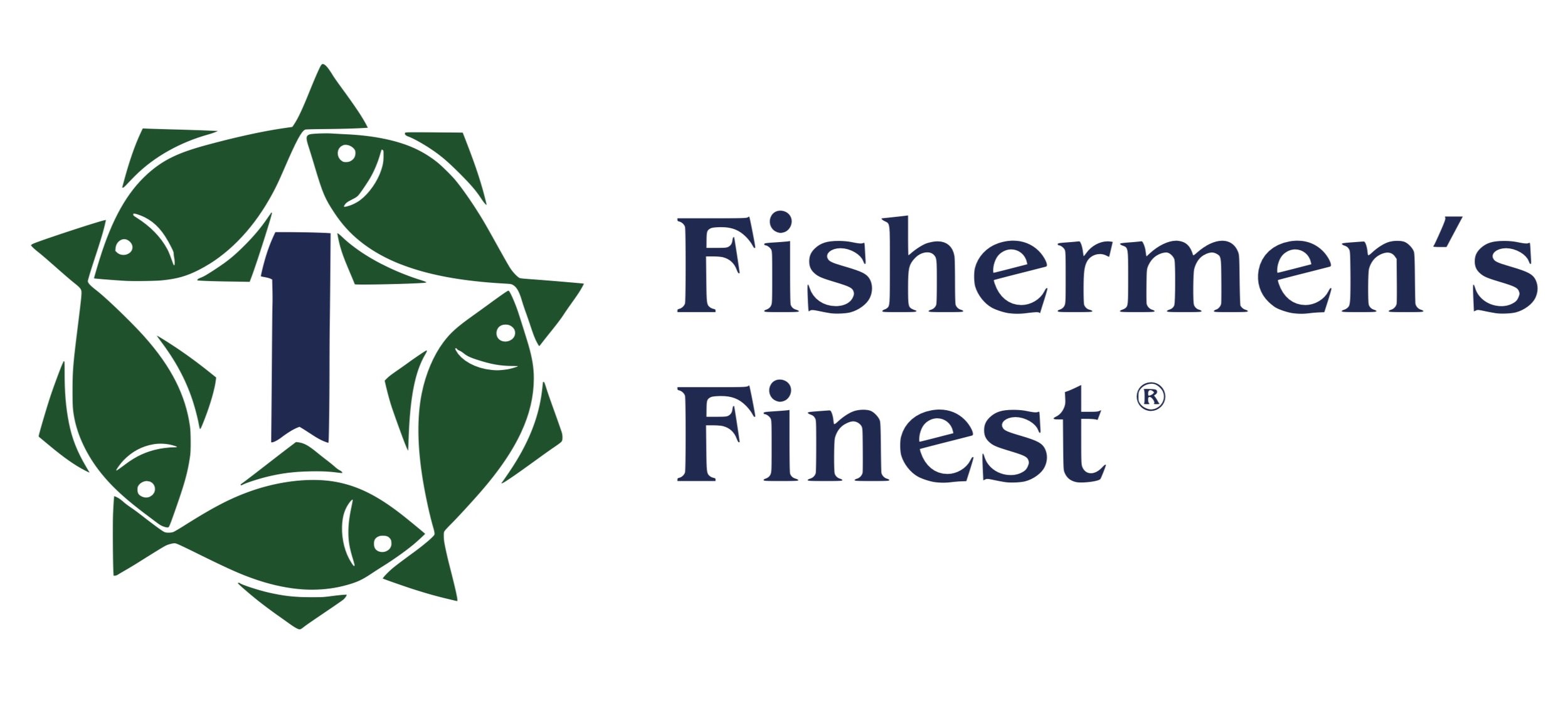EIS for Halibut
Fishermen’s Finest Calls for EIS in Bering Sea Halibut Bycatch Cutbacks; NMFS Says No New EIS Needed
SEAFOODNEWS.COM by Peggy Parker March 5, 2015
Fishermen’s Finest, a member of the Amendment 80 groundfish fleet in the Bering Sea, has called for the North Pacific Fishery Management Council and National Marine Fisheries Service (NMFS) to complete an Environmental Impact before deciding to reduce halibut bycatch caps in that area.
Fishermen’s Finest CEO Dennis Moran said in his letter, “The Council’s reliance on an EA (Economic Analysis) rather than an environmental impact statement (“EIS”) for this action has been questionable at best, but there is now no question that an EIS is required with the addition of alternatives that contemplate 35% to 50% reductions in halibut PSC across sectors.”
Moran’s letter was sent February 20 to Dan Hull, chairman of the Council, and Glenn Merrill, Assistant Regional Administrator for NMFS in Juneau, AK.
Merrill responded on Tuesday that the process for considering an EIS is to first prepare an Environmental Assessment/Regulatory Impact Review/Initial Regulatory Flexibility Analysis (EA/RIR/IRFA), which is underway. Once the Council has reviewed the EA, they will then be able to determine if an EIS is needed, or if the EA provides a finding of no significant impact.
The initial draft of an EA on the impacts of reducing halibut bycatch caps in the Bering Sea was presented to the Council at their February meeting in Seattle. The Council sent the document back to staff to include more areas of potential impact, such as fleet behavior as a result of further bycatch cuts. The revised EA will be reviewed by the Council in June.
However, in the federal register notice published today laying out all the BSAI harvest specifications for 2015, NMFS said in response to a comment that in their view, no new EIS was needed to address halibut bycatch.
Their reasons were, first, that the IPHC already takes into account total system wide halibut mortality, including prohibited species catch, in setting halibut harvest limits. As a result, there has not been an environmentally significant change in how harvests are calculated.
Secondly, NMFS says that the 2007 EIS, which looks at the impact of all harvest removals in the Bering Sea, is adaquate to address impacts of the halibut biomass falling by 50%, and that no new environmental impact statement is needed.
They say "NMFS determined that (1) the 2015/2016 harvest specifications, which were set according to the preferred harvest strategy described in the 2007 EIS, do not constitute a change in the action; and (2) the information presented does not indicate that there are significant new circumstances or information relevant to environmental concerns and bearing on the proposed action or its impacts. Additionally, the 2015/2016 harvest specifications will result in environmental impacts within the scope of those analyzed and disclosed in the EIS. Therefore, supplemental NEPA documentation is not necessary to implement the 2015/2016 harvest specifications."
Based in Kirkland, WA, Fishermen’s Finest manages two catcher processors, American No. 1 and U.S. Intrepid that produce headed-and-gutted (H&G) flatfish, rockfish, and Pacific cod products. The firm was founded by Helena Park in 1986.
